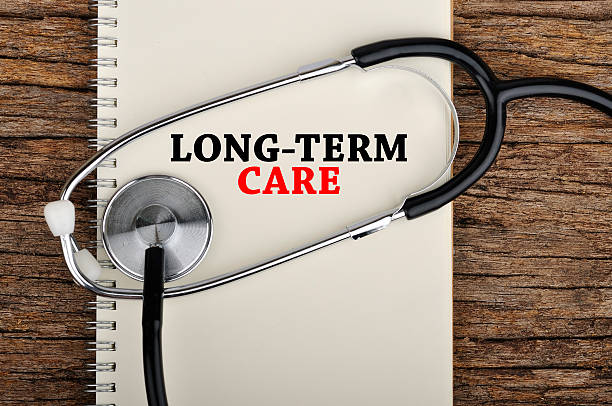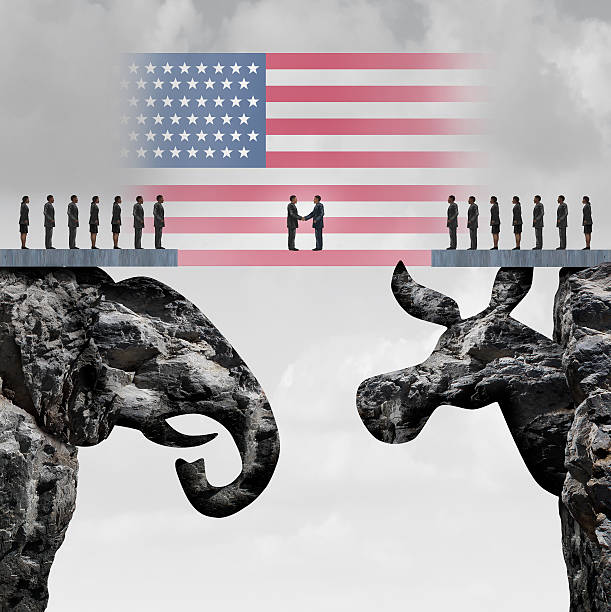Update on Health Care Spending
The Centers for Medicare and Medicaid Services (CMS) released national health expenditure numbers for 2016. (here) Health care spending increased by 4.3 percent, compared to an increase of 2.8 percent for the country’s gross domestic product (GDP). Total spending was $3.3 trillion or 17.9 percent of GDP.
Medical inflation continues to outpace general inflation by several percentage points.
CMS breaks out the numbers by total spending and per enrollee spending. Total spending in the Medicare and Medicaid programs increased by 3.6 percent and 4.4 percent respectively. Spending in the private market was up 2.8 percent.
Per enrollee data was a bit different. Medicare and Medicaid were only up 0.8 and 0.9 percent respectively. Private spending per enrollee increased considerably more, at 5.1 percent.
These numbers reflect several things. First of all, health care costs continue to rise, in spite of the promise that the Affordable Care Act (ACA) would decrease the ever-increasing cost of health care.
Second, the ACA expanded Medicaid which accounts for much of the increase in Medicaid spending. The low per enrollee increase probably reflects the fact that many of the people new to the entitlement are younger, healthier, and use less medical services.
Third, the Baby Boomer generation is now entering Medicare which undoubtedly is at least partially responsible for the overall increase in Medicare spending. A substantial part of the funding of Obamacare comes from cuts to the Medicare program, mostly to payments to doctors and hospitals. The lower increase in per capita spending probably reflects these financial cuts to Medicare.
Fourth, it might be argued that if the government controlled all of health care spending, think single-payer, health care costs could be decreased. The trade off, of course, is access to timely medical treatments. Demand for health care far outweighs the supply of health care. A single-payer system is essentially an enormous price control program, which leads to shortages and waiting lists. (here)
A much better solution to ever-increasing health care spending would be more price awareness and consumerism. (here)







